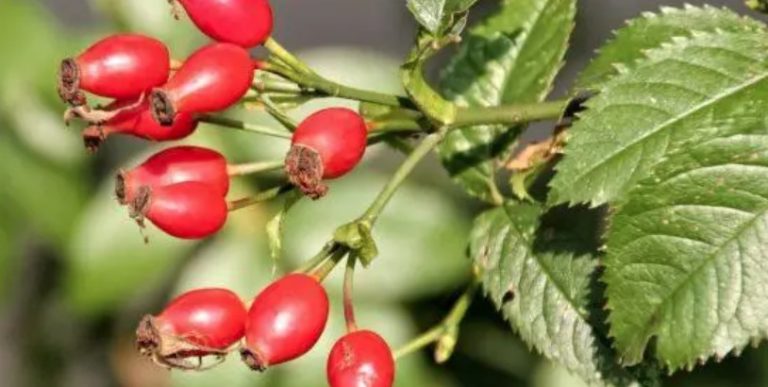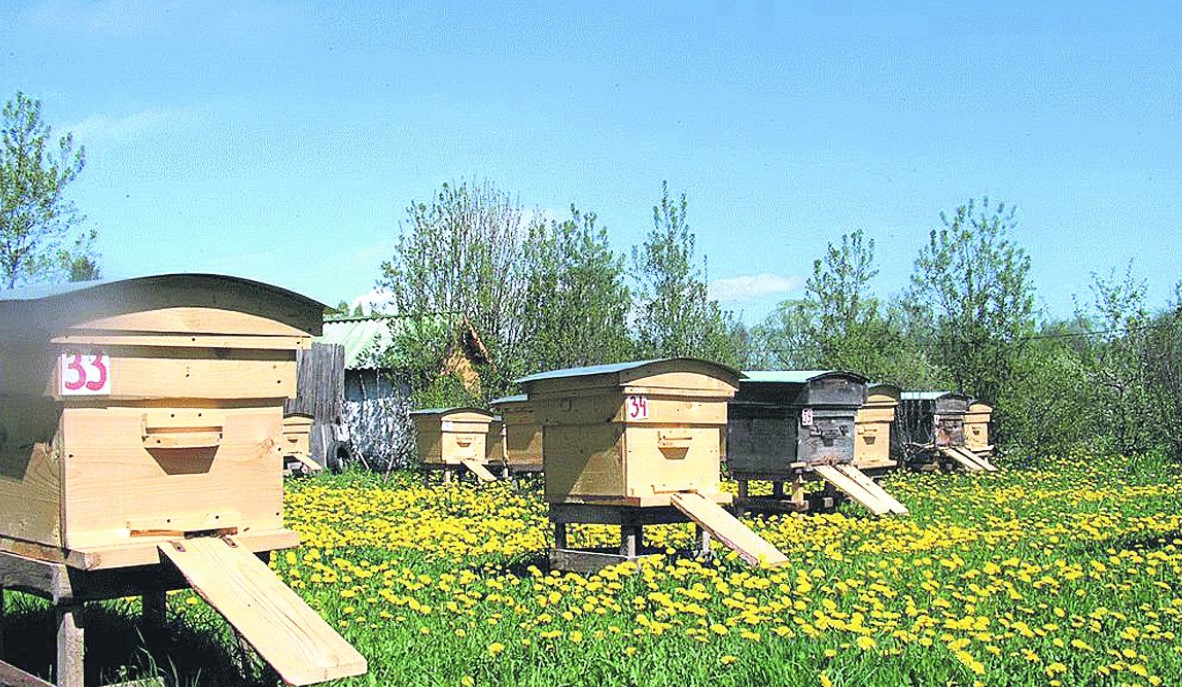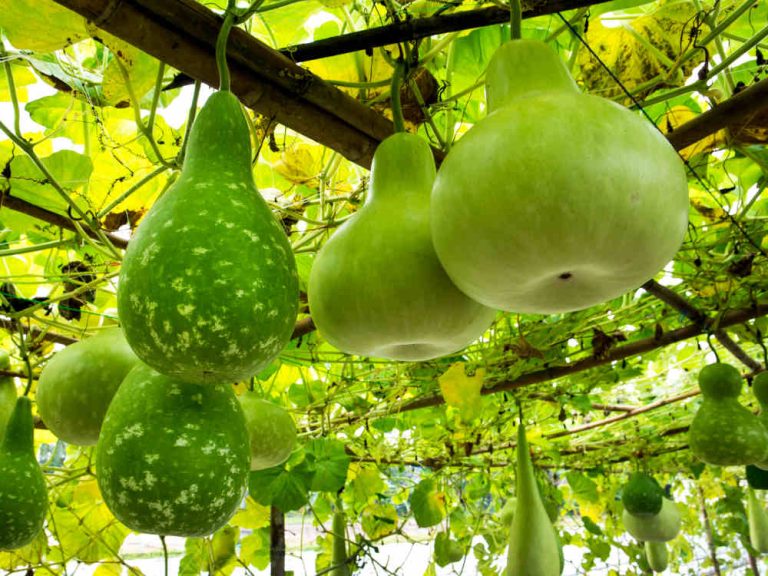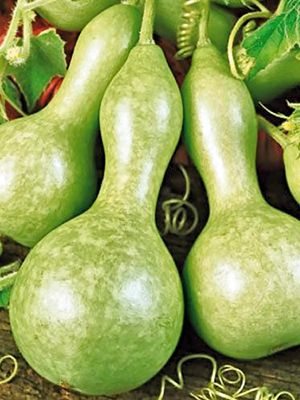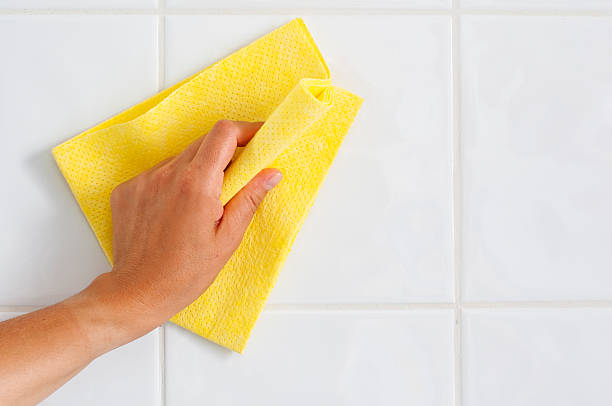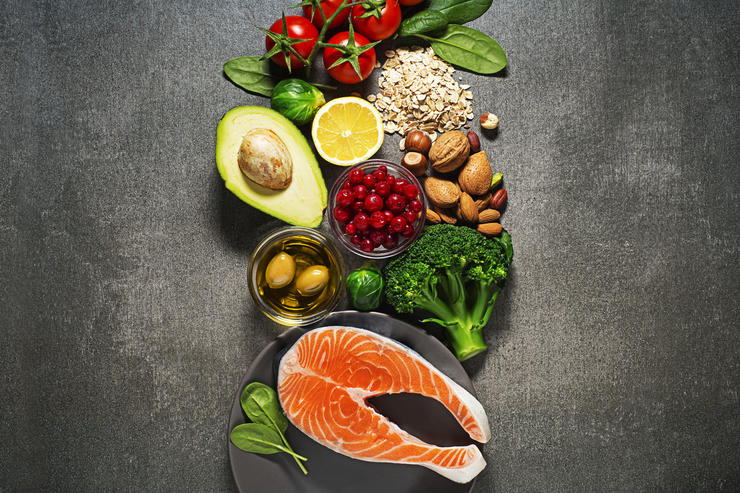If you dry rose hips, you can also enjoy the delicious vitamin bombs out of season. We will show you some methods and also tell you what is important when collecting rose hips.
Collecting rosehips: That’s what matters

Before you can dry rosehips, you must first collect them; The fresh fruit is usually not available for purchase. You can harvest rose hips from October. At this point, the small fruits are ripe enough and you can dry them easily. They will not lose quality in the coming weeks either. However, from December they can begin to ferment.
You can collect rose hips either in your garden or in nature. To be on the safe side, you should wear gloves when harvesting. You may remember school pranks and the itch a crushed rosehip leaves on your skin. With gloves you are on the safe side. Also, to avoid stains, don’t wear your best clothes.
Depending on where you collect the rose hips, you can also make sure to pick closer to the top of the bush. The lower berries are significantly more dirt and exposed to the odd dog. Never pick all the rosehips from a bush, as they are an important food source for birds in winter.
You should wash the collected rose hips thoroughly. If you like, you can cut the berries lengthways and scrape out the seeds. But that is not absolutely necessary: rosehip seeds also provide many vitamins as well as valuable omega-3 and omega-6 fatty acids.
Drying rose hips: In the oven or in the dehydrator
You can dry rose hips either in the oven or in the dehydrator. This is the best way to go about it:
Place the washed rose hips on a baking sheet lined with parchment paper or on a rack in the dehydrator. Make sure that the berries are not too close together: otherwise they will only give off the moisture to each other and it cannot escape properly. If you plan to dry a large batch of rose hips, it’s better to use multiple trays.
Set the oven or dehydrator to 40 degrees Celsius. If you’re drying the rose hips in the oven, you should also place a wooden spoon between the oven door and the oven. This will remove the moisture from the oven.
Once in the oven or dehydrator, the rose hips take about eight to twelve hours to dry, depending on their size. This time is reduced if you have already air-dried them a little beforehand.
The following applies to this method: the hotter, the faster. However, if you set the devices to more than 40 degrees Celsius, the rose hips lose valuable vitamins during drying.
Unfortunately, the energy consumption is very high due to the long time in the oven or in the vending machine. It is more sustainable to dry the fruit in the sun or on a heater. So you don’t use any additional electricity when drying. This method is also gentler on the rose hips, which means you retain more vitamins.
Drying rose hips: In the sun or on a heater
If you dry rosehips in the sun, you should choose a sheltered place – otherwise birds may snatch the fruit. You can place a fine sieve or discarded curtain over the hips to protect them, or place a fruit bonnet over them.
If you store rose hips on the heater, you have a lot less to worry about. During the autumn rosehip season, your heating is probably on anyway – and birds won’t get in your way in the apartment either. If you have pets, you should still be careful and maybe choose a high-level heater for drying. While rose hips are not harmful to dogs and cats, you want some of the fruit yourself. A nice side effect of this method is the fruity scent that develops when the rose hips dry.
Rose hips dry without an oven: Further information
If you want to air dry rose hips, it is best to place them on some newspaper or a kitchen towel on an oven rack. In this way, warm air also reaches the berries from below. With the heating method, it is sufficient if you dry the rose hips on newspaper or a cloth. The same applies here: it is better to leave a little more space between the fruits so that the moisture can really escape. Also, if the fruit touches, mold can form in those places.
The rose hips need several days to dry both on the heater and in the sun. You should turn them regularly so that they dry evenly on all sides. If in doubt, it is better to dry the rose hips a little longer. This reduces the risk of them still being damp on the inside and mold forming later.
After drying, it is best to store the rose hips in an airtight container. Store the jar in a cool, dark place, for example in a storage room or in the basement. The dried rose hips will keep for several months.
Use of dried rose hips

You can enjoy dried rose hips, for example, as a tea, as a topping for muesli or as a small snack in between. You can also make rosehip powder yourself from the dried fruit. In addition, dried rose hips are suitable as a special ingredient for smoothies or sauces. They add a great fruity component to savory dishes in particular.
In small amounts, dried rose hips are also suitable as an addition to dog food and provide your four-legged friend with important vitamins. And of course you can also simply use dried rose hips to decorate autumn or winter arrangements, Advent wreaths and the like.

